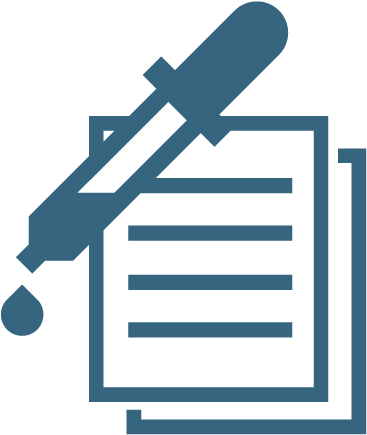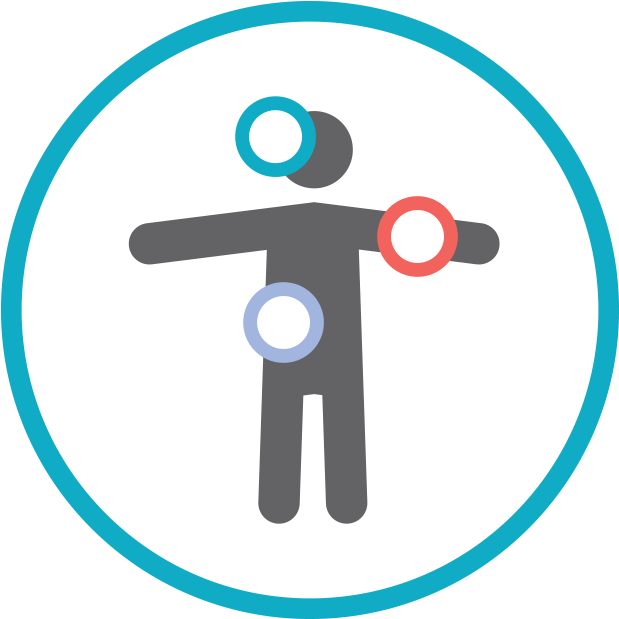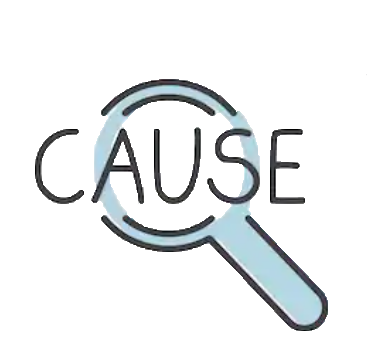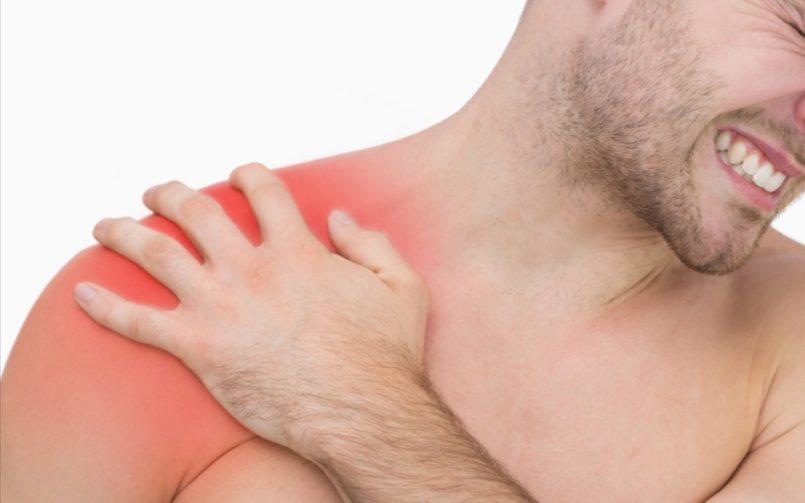Shoulder Blade Pain
Overview

The shoulder is a ball and socket joint; it’s formed where the ball at the end of the humerus (upper arm bone) fits into the socket of the scapula (shoulder blade).
Since the ball is so big relative to the socket it gives the shoulder significant mobility, but also makes it vulnerable to injury. The shoulder joint relies on key structures to ensure that the shoulder functions properly, such as:
1. The rotator cuff: A group of muscles and tendons that stabilize and move the shoulder
2. The joint capsule and ligaments that stabilize the shoulder
3. The integrity of the bone and cartilage of the shoulder joint
4. The labrum: A ring of specialized cartilage that lines the rim of the socket and deepens it to help make the joint more stable
5. The subacromial and subdeltoid bursae: Sacs of fluid that cushion and protect the tendons and muscles of the shoulder.
6. The alignment, position and stability of the shoulder girdle: Composed of the scapula (shoulder blade), the clavicle bone the related joints and muscles
Symptoms
Depending on the cause of your shoulder pain you may experience:
1. Pain deep in the shoulder joint, in the back or the front of the shoulder and the upper part of the arm. Sometimes the pain in the shoulder can be described as a ‘catching pain’. The location and type of pain is likely to relate to the structure causing the pain
2. Reduced movement, and pain when moving your shoulder.
3. Weakness of the shoulder/upper arm. Depending on the condition, there may be a sensation of the joint slipping out and back in to the joint socket, or the shoulder can become completely dislodged (dislocated)
4. Sensations of pins and needles (tingling) and burning pain. This is more likely to be associated with nerves from the neck than the shoulder joint itself.
5. lack of movement after a shoulder dislocation. This is usually due to pain. Complete rotator cuff tears and injury to the axillary nerve both cause weakness in moving the arm away from the body. These problems require close clinical examination.


Causes
Tennis elbow is an overuse and muscle strain injury. The cause is repeated contraction of the forearm muscles that you use to straighten and raise your hand and wrist. The repeated motions and stress to the tissue may result in a series of tiny tears in the tendons that attach the forearm muscles to the bony prominence at the outside of your elbow.
1.Rotator Cuff Injury
Rotator cuff injuries can range from mild to severe.
2. Tendonitis
Tendonitis is an injury caused by overuse of the rotator cuff and causes it to become inflamed. Athletes, who use overhead movements such as baseball players or people with jobs that require repeatedly reaching upward commonly suffer this injury. The rotator cuff muscles can also strain (overstretch) or tear partially or completely, from a sports injury, after a fall, a car accident, or from poor posture and degenerative changes.
3. Tendinopathy
This is a wear and tear condition of the soft tissue that can cause pain and disability. It’s associated with small tears in the rotator cuff or long head of a bicep tendon.
4. Frozen Shoulder
Also known as adhesive capsulitis, is a shoulder condition that causes significant loss in range of motion. The first sign of a frozen shoulder is usually pain that limits your arm movement, resulting in stiffness.
Before long, reaching behind your back, or for an item on a high shelf, and everyday tasks that involve shoulder movement becomes extremely difficult. Frozen shoulder typically develops slowly, and in three stages; the freezing stage characterized by pain, frozen where pain subsides and stiffness begins, and thawing where mobility begins to improve. Each stage can last from about three to six months. The condition is more likely to form in middle age and more prevalent in women.
5. Osteoarthritis
Osteoarthritis can accumulate over time, which is why the older you are, the more wear and tear you may have on the cartilage of your joints. Cartilage protects the ends of bones within a joint and allow them to move easily against each other.
When cartilage breaks down with age, it becomes pitted and rough. This can cause pain within the joint, and irritation in surrounding tissues. Damaged cartilage cannot repair itself as it does not have a blood supply. When cartilage completely wears, the cushioning to bone that it provides disappears, causing bone-on-bone contact. This can result in intense pain, loss of mobility, and grinding noises from the joint.
6. Bursitis
It can be a painful condition that affects the small, fluid-filled sacs called bursae that cushion the bones, tendons and muscles near your joints which reduce friction between structures during movement.
When bursae become inflamed, it is called bursitis. In the shoulder, the sub-acromial bursa that is located beneath the deltoid muscle is typically involved. The most common causes of bursitis are repetitive motion, trauma, or positions that put pressure on the bursae.
7. Labral Tears
Athletes commonly suffer tears to the labrum, especially those involved in overhead sports. It is a common injury in the non-athletic population also, particularly the middle-aged and usually associated with degenerative changes.
Often, they will not even be aware they have one, as some tears are completely asymptomatic and cause no problems. Others can trigger shoulder pain, specifically when moving the arm in an overhead motion or across your chest.
8. Shoulder Impingement
Shoulder impingement usually occurs after repeated overhead activity, like throwing or swimming. Shoulder tendons and bursae get impinged, or pinched, between the bones of the shoulder, making it painful to move your arm.
Symptoms may worsen with overhead motion, reaching back, or lying on the sore shoulder. Shoulder impingement can weaken the rotator cuff, further contributing to the problem. This symptom is often associated with tendinopathy or pathology of the AC (acromio-clavicular) joint.
9. Shoulder Instability
The term instability is a diagnosis that is given to the shoulder when it causes pain due to the ball of the joint being too loose and unable to move normally in the socket.
Chronic strain and more instability can occur when the loose shoulder is overused, as it repeatedly challenges the ligaments that help hold the shoulder in the socket. This is the case in the throwing athlete or swimmer, who uses their shoulder repeatedly through its full range of motion. Instability is commonly the cause of shoulder pain in younger people.
10. Dislocated Shoulder
Complete dislocation is when the ball of the joint fully comes out of the socket. The person usually holds their arm against their belly unable to move it.
Sometimes there is a fracture or torn labrum associated with this injury. A partially dislocation of the shoulder, is called a subluxation, which occurs when the ball incompletely shifts out of the socket, and usually pops back in. With subluxation, the shoulder feels loose and slips in certain positions especially when their arm is elevated and rotated backwards like when throwing a baseball. Both subluxation and dislocation can result from trauma or from underlying instability.
11. Separated Shoulder
A separated shoulder is an injury to the ligaments that hold your collarbone (clavicle) to your shoulder blade. In the case of a mild separated shoulder, the ligaments may just be stretched.
In severe injuries, ligaments can be torn. If severe enough, the end of the collar will be elevated. The most common cause of a separated shoulder is a blow to the tip of the shoulder or a direct fall on the shoulder.
12. Post-Surgery Shoulder
If rehabilitation of shoulder pain fails, or there is a large rotator cuff tear or other significant tissue damage, your surgeon may recommend a surgical procedure.
Physiotherapy Treatment for Shoulder Blade Pain
What is the most common cause of shoulder pain?
One of the most common causes of shoulder pain is tendinopathy. Other causes of shoulder pain may include muscle strain, ligament sprain, cartilage tear, bursitis, frozen shoulder, fracture, dislocation, adverse neural tension, and even a heart attack. During your assessment, your physiotherapist will be able to diagnose what is causing your shoulder pain.
Is shoulder therapy painful?
Generally, no. But it depends on the injury as well as the stage of healing at time of therapy. For example, treatment techniques for tendinopathies, which include manual therapy (soft tissue techniques, mobilization), modalities (ultrasound, laser, dry needling) and individualized exercises, are typically not painful. However, mobilizations for Frozen Shoulder, which has been shown to be quite effective, can be uncomfortable. Prior to beginning any treatment technique, your physiotherapist will inform you of the benefits, contraindication, risk and alternative methods of treatment.
Can stress cause shoulder pain?
Yes! When under stress, our body enters a "fight or flight" state which increases heart rate, respiratory rate, blood pressure and causes muscles to contract/tense. If muscles are constantly contracted or tensed, they may become painful, weak, tight, develop trigger points and not function properly. Whereby increasing ones risk of developing shoulder pathologies. Stress has also been linked with mental health problems, cardiovascular disease, gastrointestinal, mental health and more. Luckily there are many ways to manage stress including but not limited to meditation, exercise and help from healthcare professionals.
What should I do after shoulder therapy?
Depending on the injury, your physiotherapist will prescribe an individualized exercise program for you to carry out at home until your next visit. Being consistent with your treatment plan (which includes your exercise program) will lead to the best prognosis for any shoulder injury. Once you complete your shoulder rehab and are discharged from Physiotherapy, maintenance is going to be crucial to prevent any future injuries. Which your physiotherapist will go over prior to discharge.


